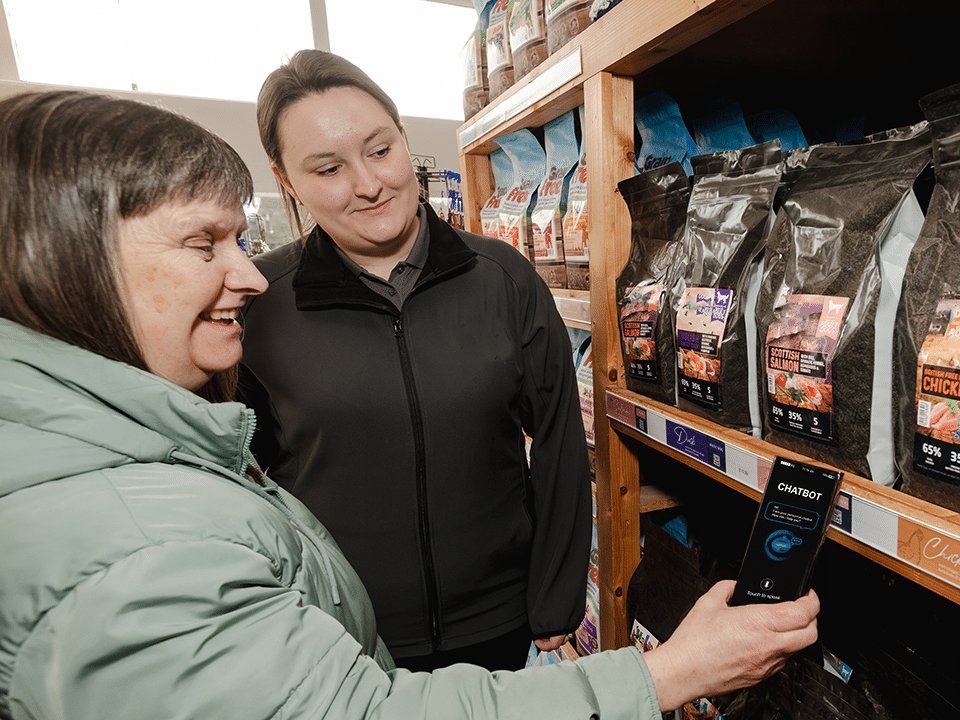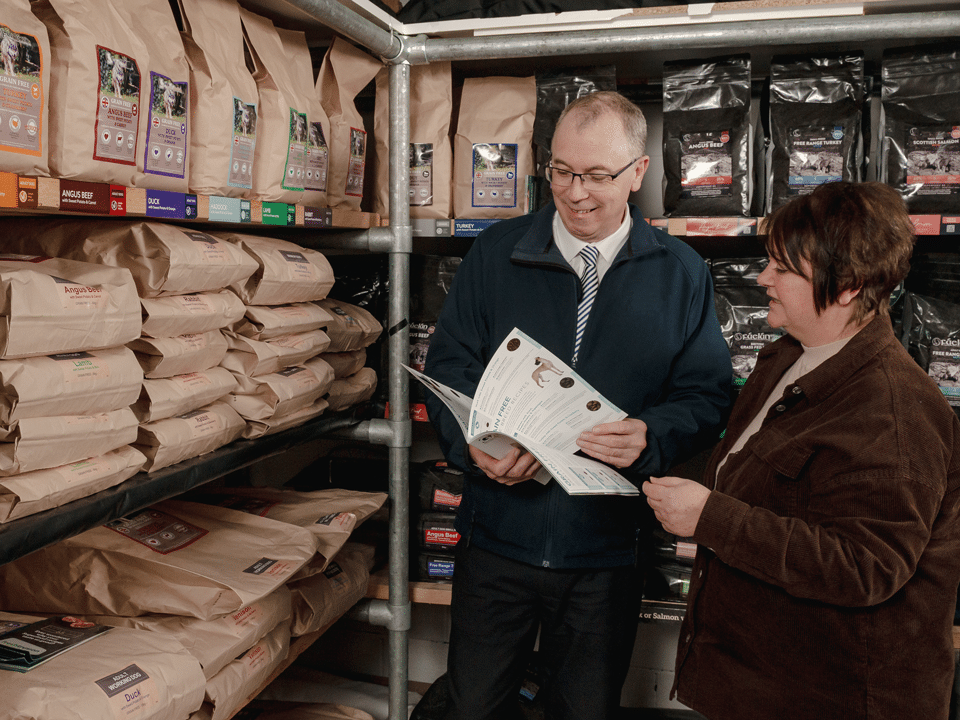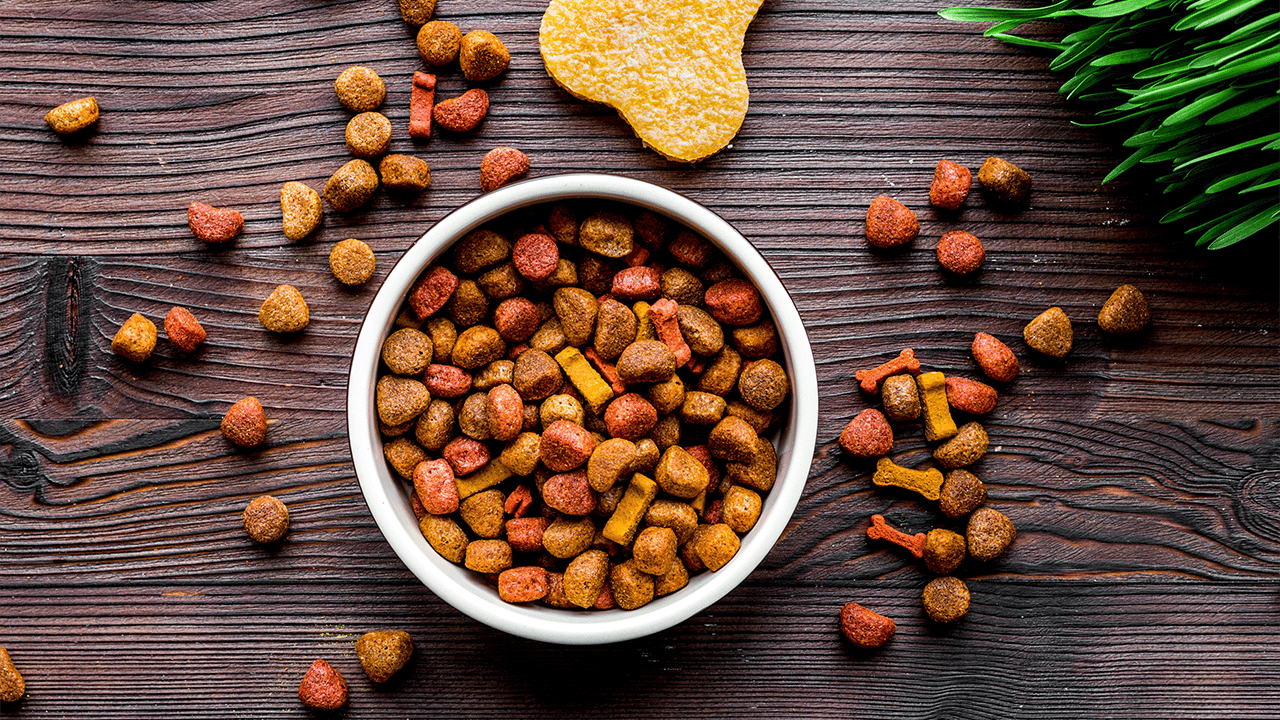
The UK pet food industry is currently booming. Valued at a total of £3.2 billion, this presents a fantastic opportunity for pet food businesses to gain market share. Interestingly, of the £3.2 billion, the dog food market accounted for £1.5 billion, while cat food contributed £1.2 billion (PFMA, 2021). Research has also revealed that there are an estimated 12.5 million dogs in the UK, equating to 33 per cent of all households, with another 12.2 million cats constituting 27 per cent of households (PFMA, Pet Population, 2021). As dogs and cats become increasingly prevalent in society and pet owners are prepared to spend more on their pets, this article examines several pet food trends to watch in the future.
Over the past twenty years the pet food industry has experienced massive growth, accompanied by a shift in the culture of pet owners. This change is partly attributable to advancements in technology and the increasing role of the internet. In addition, pet owners now view their pets as companions, with 95 per cent of owners considering their pets as part of the family (Pet Food Industry, 2016). These shifts in consumer behaviour are driving the latest innovations and pet food trends.
Pet Owners and Their Changing Perceptions
The COVID-19 pandemic has affected many industries, pet food included. Consequently, both individuals and businesses are spending more cautiously; however, most still believe that their pets deserve the best. With consumers estimated to have spent £2.9 billion on cat and dog food in 2021, these figures are expected to rise. Data show that 12 per cent of owners added a new pet to their household since the start of lockdown (Mintel, 2021), a trend further supported by more people working from home and desiring a “fur baby” as a companion.

Like in other sectors, COVID-19 has prompted an increase in online shopping. With large parts of the world in lockdown and restrictions on movement in place, consumers have sought alternative ways to shop, and e-commerce pet food businesses have profited as a result. In addition to benefiting online, brick-and-mortar pet stores have also experienced an influx of new customers, driven by a desire to support local businesses.
Humanisation and Premiumisation in Pet Food
Two long-standing trends in the pet food industry are humanisation and premiumisation. These trends are closely linked and continue to drive growth within the sector.
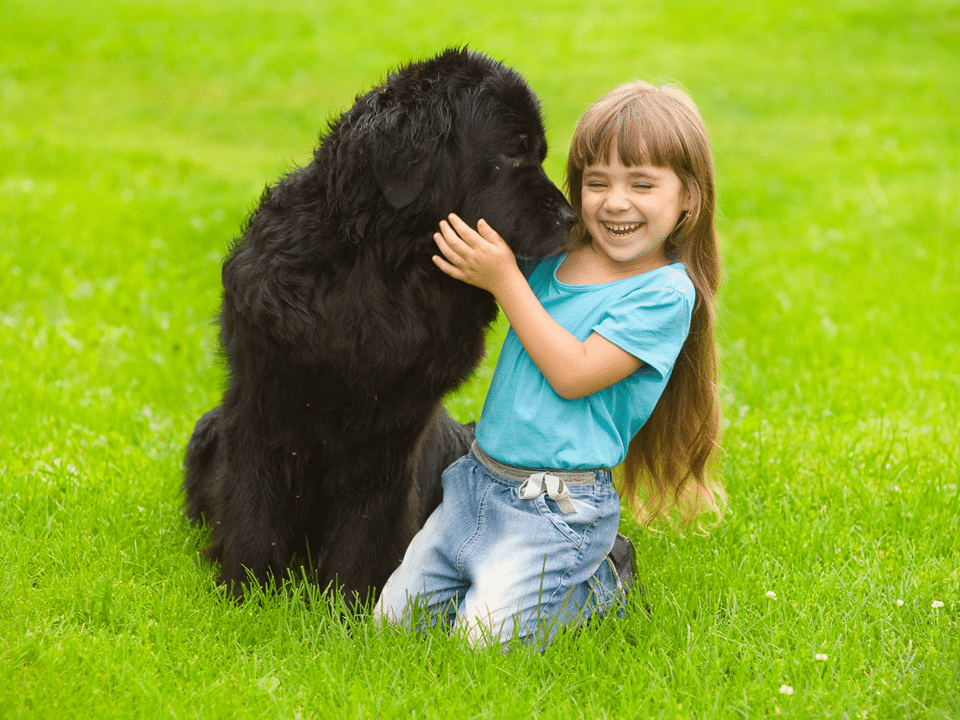
The humanisation of pet food refers to the attribution of human thoughts, feelings, motivations and beliefs to non-human animals (Forbes, Trafford and Surie, 2018). In other words, pet owners desire for their pets to have eating habits similar to their own. One consequence of this trend is the premiumisation of products. Pet owners are increasingly willing to spend more on their “fur babies” when higher-quality ingredients, locally sourced produce and sustainable practices are evident in their pet’s food. According to Euromonitor, premiumisation is one of the biggest drivers of the pet care market. With the rise in the populations of smaller animals, economic growth and changing perceptions of pets, owners are now prepared to invest more in their pets.
The influence of humanisation and premiumisation has had a significant impact on products in the marketplace. As the relationships between humans and pets have evolved, pet humanisation has spurred more lavish spending on products, a key factor behind the consistent increase in pet food sales. Furthermore, these trends have led to the development of new recipes and formulas. In recent years, the inclusion of superfoods and plant-based diets has gained traction as the focus on health becomes more pronounced in both human and pet foods.
Health and Wellness
In the wake of recent events, health and wellness have become prominent topics. Lockdowns and restrictions have led people to focus more on physical fitness, diet and overall health. Spending more time at home has also encouraged pet owners to pay closer attention to their pet’s behaviours and health. This increased awareness has prompted owners to seek solutions for issues such as skin and coat health, immune support and digestive wellbeing.
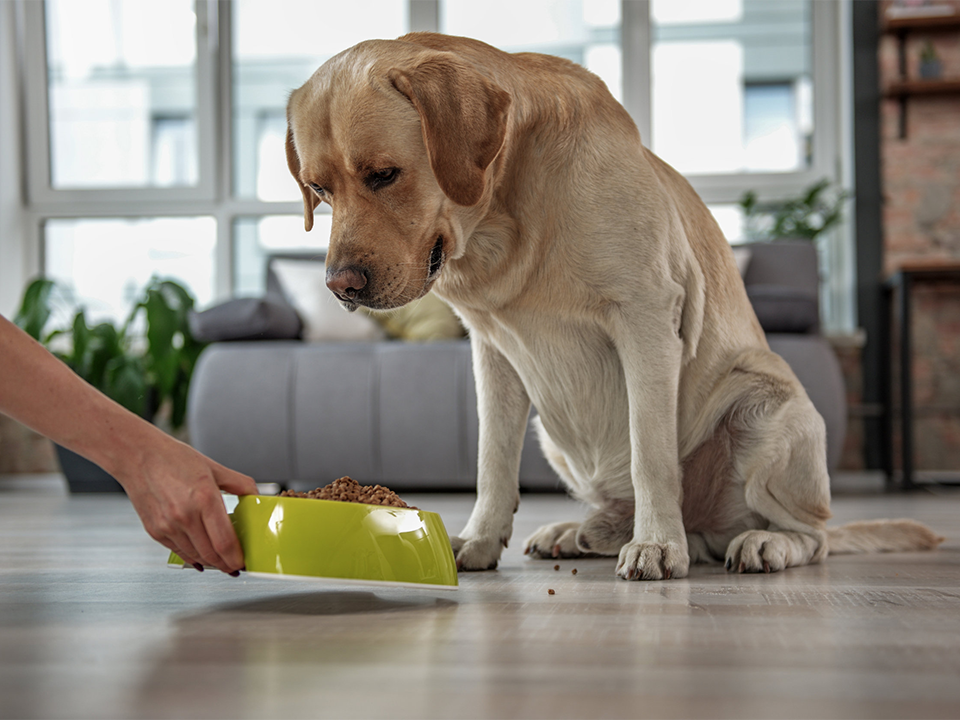
Recent research by Packaged Facts found that 43 per cent of pet owners strongly agree that they favour the idea of healthier food for their pets. At the same time, 37 per cent expressed an interest in providing their pet with more preventative healthcare, and 34 per cent strongly agree that they are willing to spend more on pet food offering health and wellbeing benefits (Packaged Facts, 2021). Furthermore, the 2021 Mintel Report for UK Pet Food found that two-thirds of owners would be interested in pet food containing ingredients that support gut health, while 66 per cent would like to know more about dietary support for their pet’s brain (Mintel, 2021).
The health trend is expected to continue growing, mirroring similar trends in the human food industry, where current trends are often used to predict future expectations in pet food. Many pet owners believe that what they feed their pet has a direct impact on the pet’s emotional wellbeing, prompting many pet food brands to include functional ingredients in their recipes.
Label Transparency in Pet Food
Label transparency is another important trend in the pet food industry. To many consumers, transparency means different things – for some it is about traceability, while for others the simplicity of the label is key. Regardless of the interpretation, the central theme is trust between the pet food brand and the consumer.
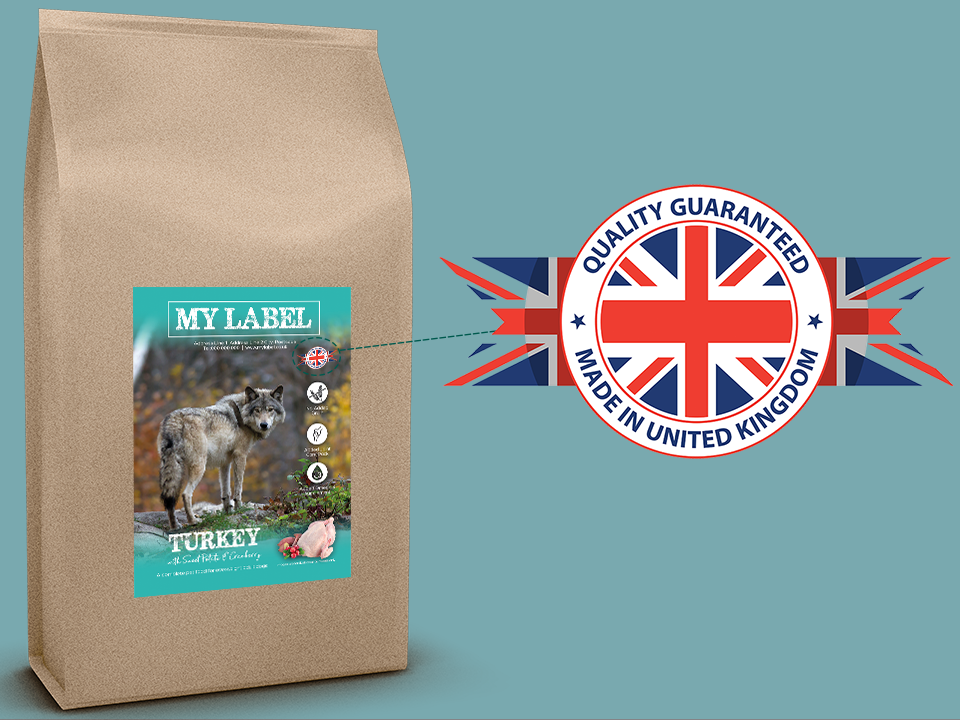
As the demand for high-quality pet food increases, consumers are becoming more discerning about the origins of ingredients. The topic of traceability, also referred to as provenance, continues to gain prominence. The CEO of Booths recently stated that “customers are already paying attention to how products are grown, prepared, reared and sourced, so local and British are big themes”. This sentiment is echoed in the UK Pet Food Market Report, which found that 71 per cent of consumers would purchase pet food if it were made from all-British ingredients (Mintel, 2021).
Consumers are also seeking simple and clear labels that are easy to understand. When labels are overly complex, pet food buyers may be deterred and opt for alternative brands. Research by Paws.com found that millions of Brits are increasingly confused by food labels, with 44 per cent finding dog food labels difficult to read and a further 39 per cent lacking sufficient knowledge about the ingredients in the food they provide for their pets. Pet food brands must ensure that their ingredients are clearly listed to instil confidence in pet owners that they are giving their pets the best quality food.
Summary
To summarise, a range of pet food trends is currently influencing the market. Humanisation and premiumisation continue to drive growth, as owners are keen to provide their pets with food that mirrors their own while ensuring high-quality ingredients for optimal health and wellbeing. In response, pet food brands are continually developing new formulas, with superfood and plant-based diets emerging as significant future trends. Health and wellness remain key drivers, with pet owners focused on keeping their pets healthy for as long as possible. With technology playing an ever more significant role in daily life, consumers are researching ingredients that promote health. Finally, label transparency is essential; as pet owners become increasingly aware of where ingredients are sourced, many now prefer locally sourced products and clear, simple labelling that offers confidence in their pet food choices.
References
- Carrara, A. (2019, July 19) UK dog food labels ‘too hard to read’, report finds. Pet Gazette. Available at: https://www.petgazette.biz/25095-uk-dog-food-labels-too-hard-to-read-report-finds/ (Accessed: October 2021).
- Facts, P. (2021) US Pet Market Focus: Pet Food Update, 2021.
- Forbes, S.L., Trafford, S. and Surie, M. (2018) ‘Pet humanisation: What is it and does it influence purchasing behaviour?’, Dairy and Veterinary Science Journal, 2.
- Industry, P.F. (2016, March) 95 per cent says pets are part of the family. Pet Food Industry. Available at: https://www.petfoodindustry.com/articles/5695-report-say-pets-are-part-of-the-family/ (Accessed: October 2021).
- Koerten, J. (2019) Euromonitor International: Premiumisation in Pet Care – An Evolving Industry Trend.
- Mintel (2021) Pet Food UK, 2021. Mintel Group.
- PFMA (2021) Pet Population. Available at: https://www.pfma.org.uk/pet-population-2021/ (Accessed: October 2021).
- PFMA (2021) PFMA Market Data 2021. Available at: https://www.pfma.org.uk/statistics/ (Accessed: October 2021).

Matthew Aiken
Marketing Communications Expert
Matt graduated in 2017 with an undergraduate degree in Business & Management. Here he discovered that he had a passion and interest in Marketing. In his spare time, he enjoys anything fitness related and getting outdoors. He also has a French Bulldog called Harley and a Persian cat called Bonnie Blue.
You may also like...
Article written by Matthew Aiken
The Pros and Cons of AI in Pet Retail
You may have frequently encountered the term “AI” or “AI technology” in the media. From unlocking your phone using Face ID, asking for directions on your [...]


